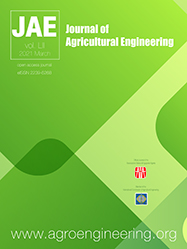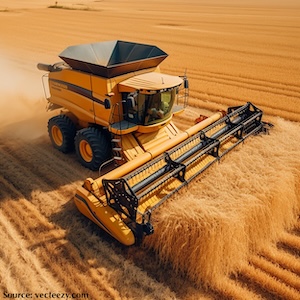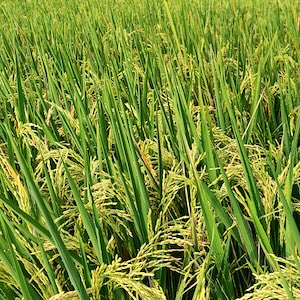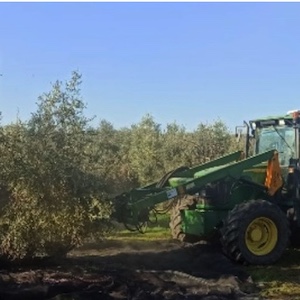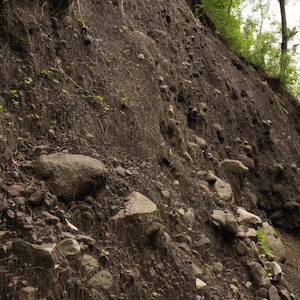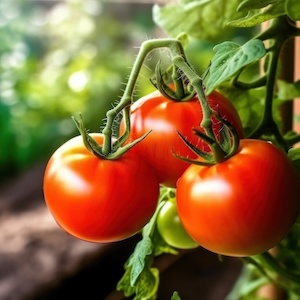Forecasting the vapor pressure deficit in vertical farming facilities aiming to provide optimal indoor conditions

All claims expressed in this article are solely those of the authors and do not necessarily represent those of their affiliated organizations, or those of the publisher, the editors and the reviewers. Any product that may be evaluated in this article or claim that may be made by its manufacturer is not guaranteed or endorsed by the publisher.
Authors
Vertical farming is a sustainable solution for urban agriculture by optimizing space and resources. However, this requires ideal indoor climatic conditions to achieve maximum crop yield and quality. This research develops and validates a prediction model based on NeuralProphet algorithm to assess the vapor pressure deficit in a vertical farming facility. The model uses environmental data such as temperature, relative humidity, and solar radiation to predict vapor pressure deficit (VPD), a key indicator of vegetation health and crop growth status. The model shows high accuracy and reliability with a root mean squared error (RMSE) of 34.80 and a mean absolute error (MAE) of 25.28. The model, demonstrating satisfactory performance in predicting VPD, enables optimization of indoor growth conditions, thereby improving resources use efficiency and minimizing operational costs. Finally, it indicates a promising application of advanced artificial intelligence tools in vertical farming management to establish a sustainable and economically feasible agricultural practice since the model can help to produce high quality crops through a precise control of environmental parameters.
How to Cite

This work is licensed under a Creative Commons Attribution-NonCommercial 4.0 International License.

